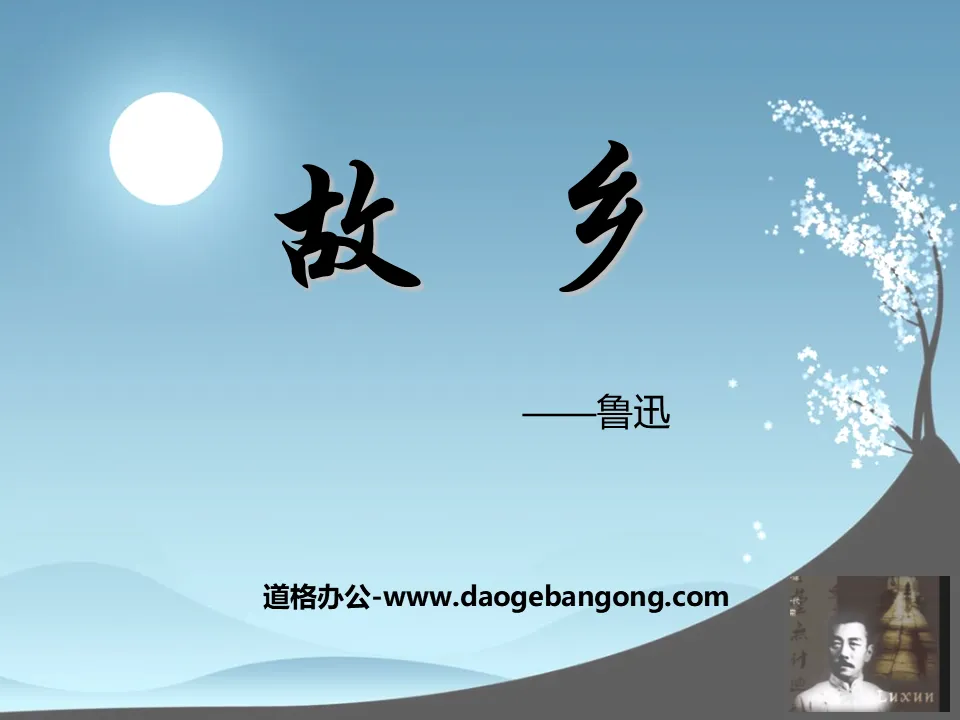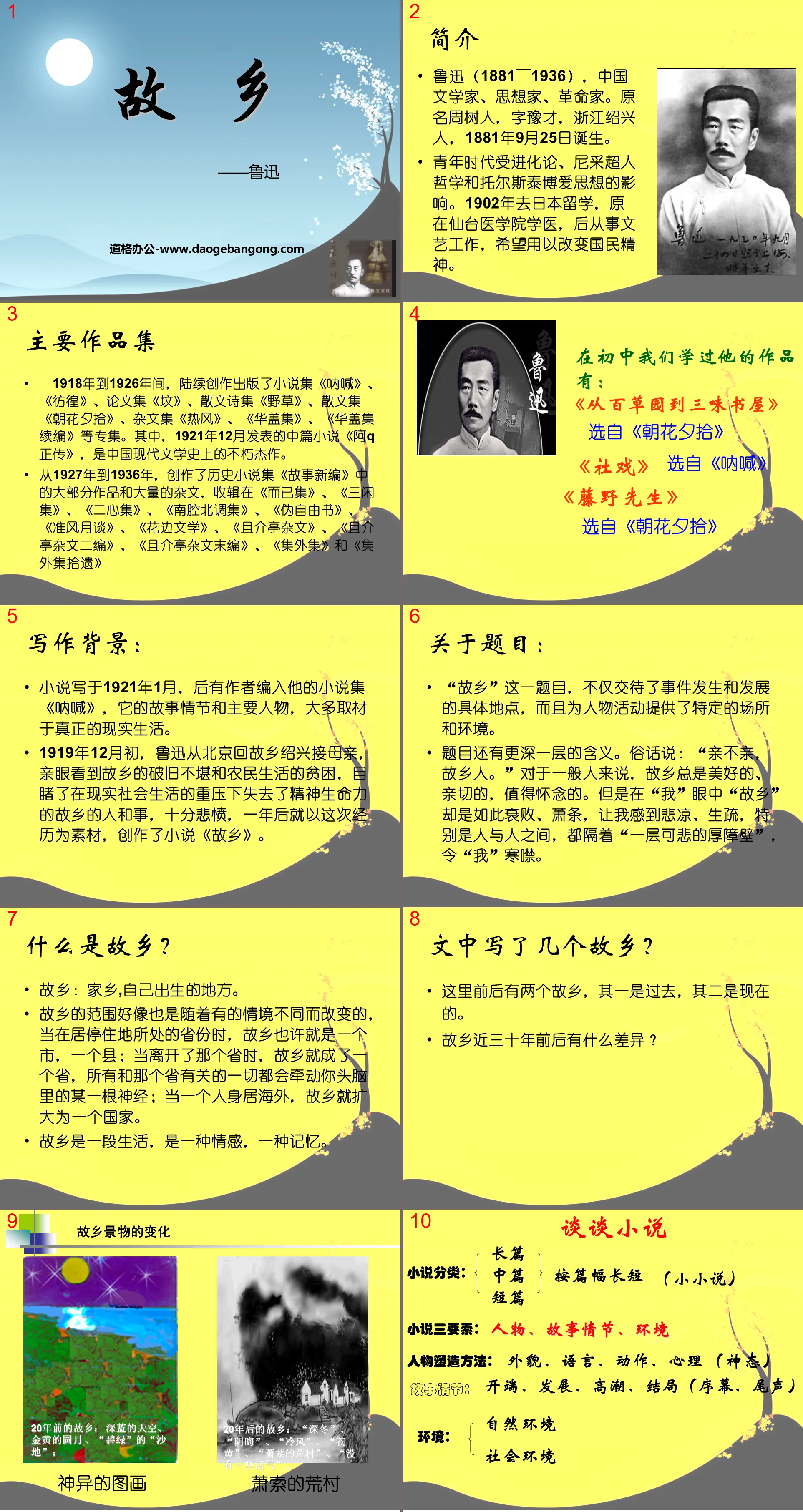The second volume of first-grade Chinese compiled by the People's Education Publishing House
The second volume of fifth-grade Chinese compiled by the People's Education Publishing House
The first volume of Chinese language for eighth grade compiled by the People's Education Publishing House
The first volume of first-grade Chinese compiled by the People's Education Publishing House
The first volume of ninth-grade Chinese compiled by the People's Education Publishing House
The first volume of fourth-grade Chinese compiled by the People's Education Publishing House
The first volume of Chinese language for sixth grade compiled by the People's Education Publishing House
The second volume of Chinese language for eighth grade compiled by the People's Education Publishing House
The first volume of Chinese language for fifth grade compiled by the People's Education Publishing House
The first volume of second-grade Chinese compiled by the People's Education Publishing House
Hunan Education Edition Third Grade Chinese Language Volume 1
The second volume of fourth-grade Chinese compiled by the People's Education Publishing House
The second volume of second-grade Chinese compiled by the People's Education Publishing House
The first volume of third-grade Chinese compiled by the People's Education Publishing House
The second volume of Chinese language for sixth grade compiled by the People's Education Publishing House
The second volume of seventh-grade Chinese compiled by the People's Education Publishing House

| Category | Format | Size |
|---|---|---|
| Jiangsu Education Edition Ninth Grade Chinese Volume 1 | pptx | 6 MB |
Description
"Hometown" PPT Courseware 6
Introduction
Lu Xun (1881~1936), Chinese writer, thinker and revolutionist. His original name was Zhou Shuren, and his courtesy name was Hencai. He was born in Shaoxing, Zhejiang Province on September 25, 1881.
In his youth, he was influenced by the theory of evolution, Nietzsche's philosophy of the Superman and Tolstoy's thought of philanthropy. In 1902, he went to Japan to study. He originally studied medicine at Sendai Medical College and later engaged in literary and artistic work, hoping to change the national spirit.
Main portfolio
From 1918 to 1926, he successively created and published novel collections "Scream", "Wandering", essay collection "Grave", prose poetry collection "Weeds", essay collection "Morning Flowers Picked at Dusk", essay collection "Hot Wind", "Huagai Collection" ", "The Sequel to the Huagai Collection" and other special volumes. Among them, the novella "The True Story of Ah Q" published in December 1921 is an immortal masterpiece in the history of modern Chinese literature.
From 1927 to 1936, he created most of the works in the historical novel collection "New Stories" and a large number of essays, which were collected in "Jiji Ji", "Sanxian Ji", "Erxin Ji", "Nanqianbei Diao Ji" ", "Pseudo Free Letters", "Quan Feng Yue Tan", "Lace Literature", "Qie Jie Ting's Essays", "Qie Jie Ting's Essays, Part Two", "Qie Jie Ting's Essays, The Last Series", "Ji Wai Ji" and "Collections from the Collection"
writing background:
The novel was written in January 1921 and was later compiled by the author into his collection of novels "The Scream". Most of its plot and main characters are based on real life.
In early December 1919, Lu Xun returned to his hometown of Shaoxing from Beijing to pick up his mother. He saw with his own eyes the dilapidation of his hometown and the poverty of farmers' lives. He also witnessed the people and things in his hometown that had lost their spiritual vitality under the pressure of real social life. He was very sad and angry. , and a year later, he used this experience as material to create the novel "Hometown".
About the topic:
The title "Hometown" not only explains the specific place where the events occurred and developed, but also provides a specific place and environment for the characters' activities.
The title has a deeper meaning. As the saying goes: "Friends or not, people from my hometown are the same." For most people, hometown is always beautiful, cordial and worth remembering. But in "my" eyes, my "hometown" is so decayed and depressed, which makes me feel desolate and unfamiliar, especially because there is a "pathetically thick barrier" between people, which makes "me" feel cold.
Comparison of character relationships
1. Comparison between the modern relationship between "I" and Runtu and the relationship between "I" and Runtu in the past.
2. The comparison between the current friendship between Hong'er and Shui Sheng and the relationship between "I" and Runtu.
3. The contrast between the normal relationship between the hopeful Hong'er and Shuisheng in the future and the estranged relationship between "I" and Runtu now.
The plot structure of the novel is divided into: beginning, development, climax and ending.
① Analyze the main functions of the beginning of the article: point out the topic, set the emotional tone for the rest of the article, pave the way for the plot of the rest of the article, explain the background and origin of the story, and the appearance of the protagonist.
② Analyze the main functions of the end of the article: tie the topic, wrap up the whole text, echo the beginning, discuss and express emotions, sublimate the theme, arouse readers' resonance, and explain the ending of the story.
③ Analyze the main function of transitional paragraphs: structurally connecting the previous and the following, and content-wise promoting the further development of the plot.
④ Analyze the main function of the climax: the concentrated expression of the story's theme and contradictions, the most concentrated reveal of the character's quality and personality, and the use of details to describe the key paragraphs of the characters. The climax is the most important paragraph for analyzing the theme and characters of the story.
Key language analysis methods:
Analyze the functions of key verbs, adjectives, and adverbs.
Analyze the role of rhetorical devices.
Analyze the role of expression techniques.
Analyze language style characteristics
Analyze language characteristics (descriptive language) and express the character’s spirit and personality (language that depicts characters)
Keywords: hometown courseware, Jiangsu Education Edition ninth grade Chinese PPT courseware download, ninth grade Chinese slide courseware download, hometown PPT courseware download, .PPT format;
For more information about the "Hometown" PPT courseware, please click on the "Hometown" ppt tab.
"Hometown" PPT free download:
"Hometown" PPT free download Part 1: Introduction of new lessons Learning objectives 1. Grasp the narrative clues of this article and gain an overall understanding of the text content. 2. Understand the techniques of describing and depicting characters such as portraits and movements. Understand the beauty and function of environmental description and comparison techniques in...
"Hometown" PPT free courseware:
"Hometown" PPT free courseware Part 1: Learning objectives 1. Understand the writing method of using contrast to depict characters and highlight themes. 2. Understand the role of discussion in novels and explore the themes to be expressed in novels. 3. Learn from Mr. Lu Xun’s concern for the country and the people..
"My Hometown is in Beijing" PPT courseware:
"My Hometown is in Beijing" PPT Courseware Part One: Information Treasure Bag Shan Sa, female, whose real name is Yan Ni, was born on October 26, 1972, in a family of university teachers in Beijing. During his childhood, he studied pipa and guqin. In 1979, he entered Dongsheng Primary School in Haidian District, Beijing,...
File Info
Update Time: 2024-11-22
This template belongs to Chinese courseware Jiangsu Education Edition Ninth Grade Chinese Volume 1 industry PPT template
"Hometown" PPT courseware 6 Simple campus recruitment activity planning plan summary enterprise and institution recruitment publicity lecture PPT template is a general PPT template for business post competition provided by the manuscript PPT, simple campus recruitment activity planning plan summary enterprise and institution recruitment promotion Lecture PPT template, you can edit and modify the text and pictures in the source file by downloading the source file. If you want more exquisite business PPT templates, you can come to grid resource. Doug resource PPT, massive PPT template slide material download, we only make high-quality PPT templates!
Tips: If you open the template and feel that it is not suitable for all your needs, you can search for related content "Hometown" PPT courseware 6 is enough.
How to use the Windows system template
Directly decompress the file and use it with office or wps
How to use the Mac system template
Directly decompress the file and use it Office or wps can be used
Related reading
For more detailed PPT-related tutorials and font tutorials, you can view: Click to see
How to create a high-quality technological sense PPT? 4 ways to share the bottom of the box
Notice
Do not download in WeChat, Zhihu, QQ, built-in browsers, please use mobile browsers to download! If you are a mobile phone user, please download it on your computer!
1. The manuscript PPT is only for study and reference, please delete it 24 hours after downloading.
2. If the resource involves your legitimate rights and interests, delete it immediately.
3. Contact information: service@daogebangong.com
"Hometown" PPT courseware 6, due to usage restrictions, it is only for personal study and reference use. For commercial use, please go to the relevant official website for authorization.
(Personal non-commercial use refers to the use of this font to complete the display of personal works, including but not limited to the design of personal papers, resumes, etc.)
Preview










